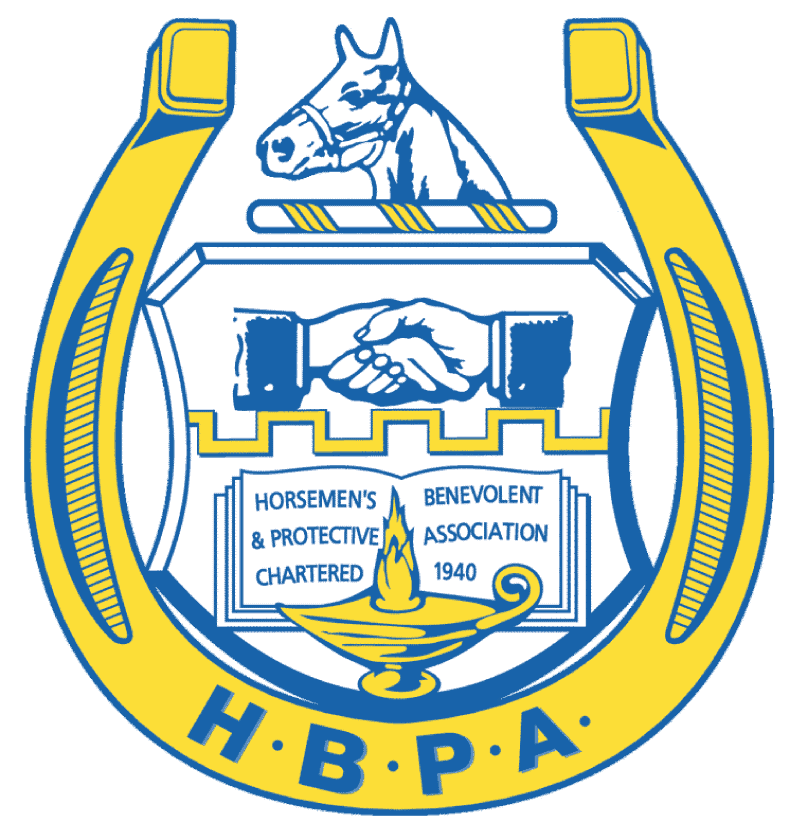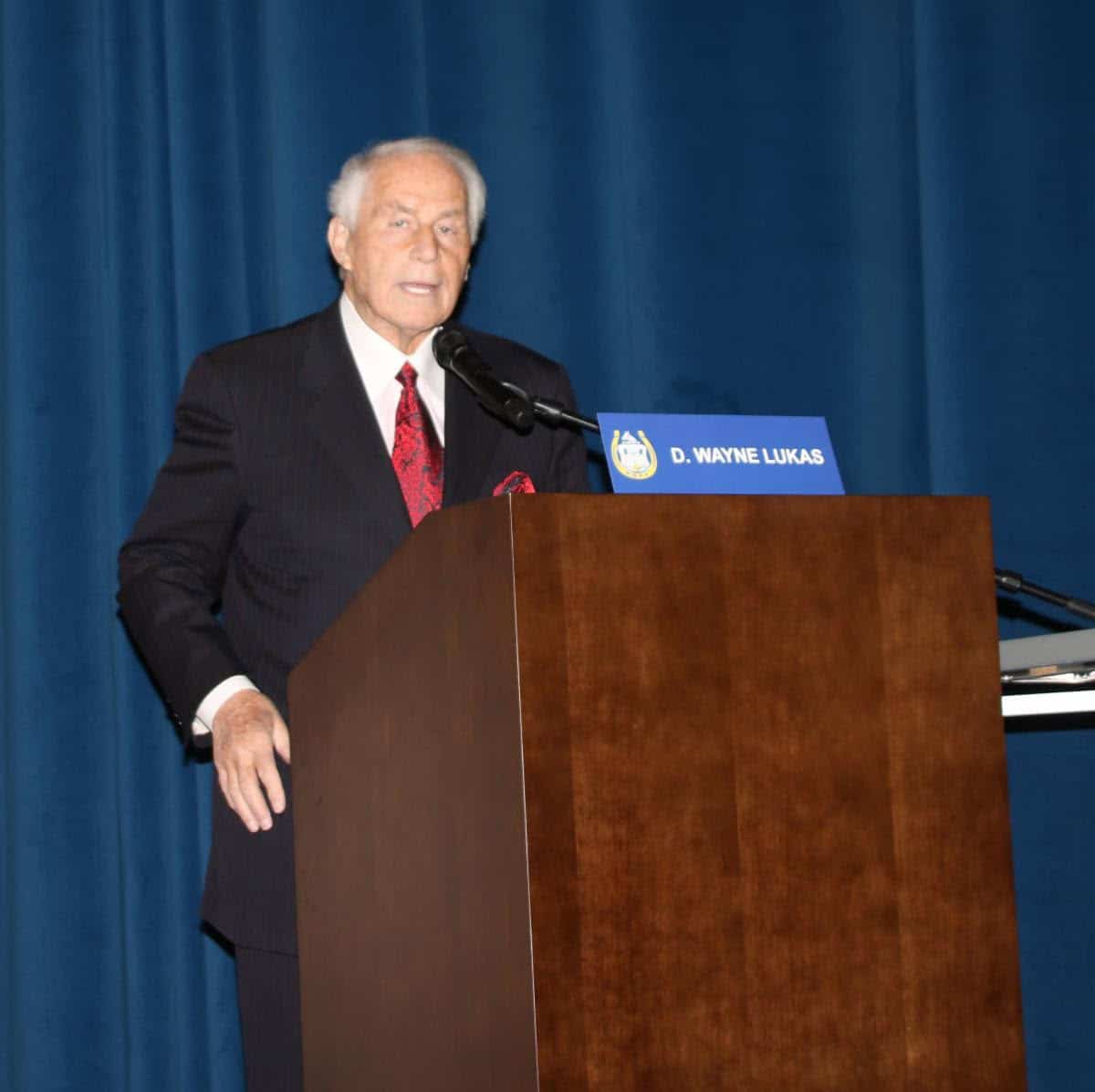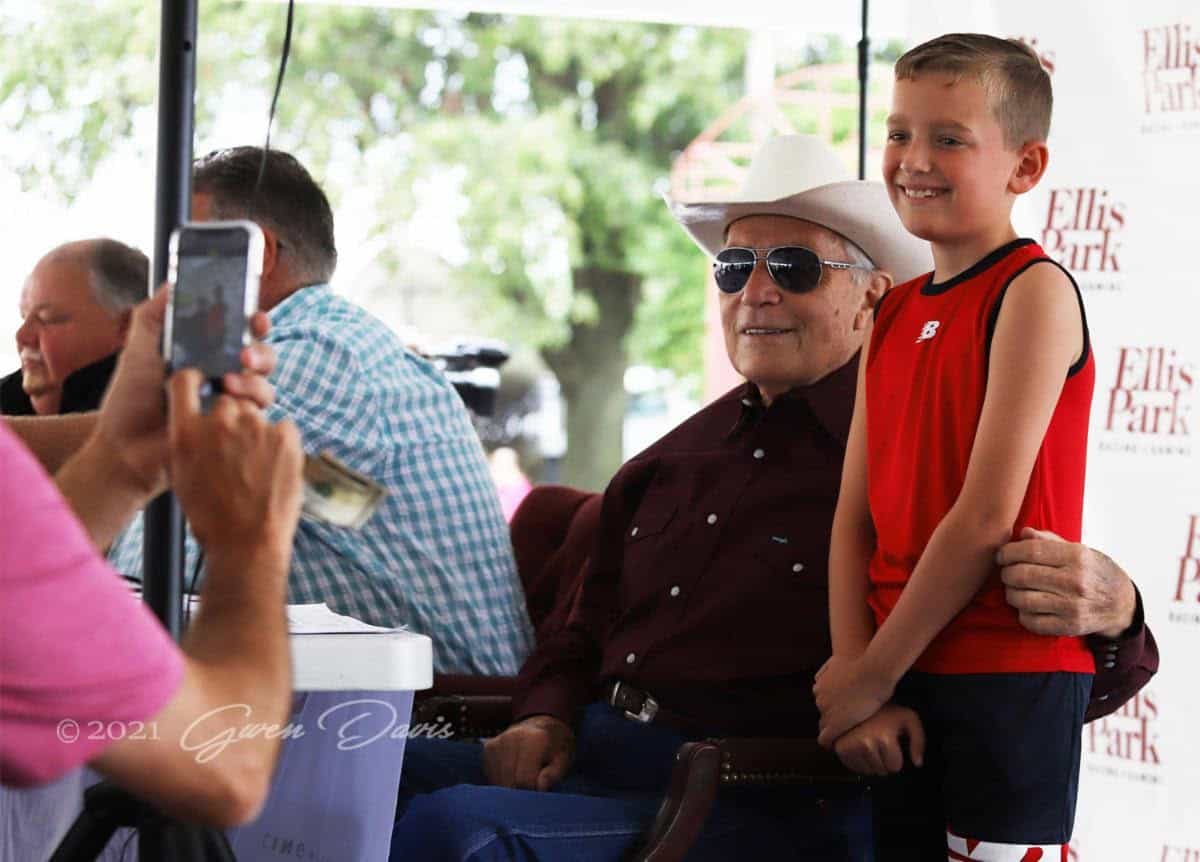Debate Over Federal Bill Begins in Earnest
Blood-Horse
A co-sponsor of federal legislation that would authorize oversight of equine medication and drug-testing said he believes members of Congress could schedule a committee hearing on the bill this fall, and that he’s open to hearing from racing industry stakeholders.
“We’re looking at having as expeditious a process as possible,” said United States Rep. Paul Tonko, a New York Democrat who introduced the measure along with Rep. Andy Barr, a Kentucky Republican. “A major strength from the outset was engaging a broad coalition of stakeholders.”
Tonko offered an update on the Thoroughbred Horseracing Integrity Act of 2015 during a keynote address Aug. 11 at the Saratoga Institute on Racing, Equine, and Gaming Law conference. It came the same day members of the horse racing industry, during panel discussions, went back and forth over the merits of having the United States Anti-Doping Agency oversee medication policies, testing, and enforcement.
A major issue for some stakeholders is communication, or lack thereof. They said despite Tonko’s belief that a broad coalition was involved in the effort, their voices weren’t heard when the legislation was proposed and written, so they have begun an awareness campaign of sorts to make their points.
New York, Tonko said, has been at the forefront in equine medication reform and racehorse safety, but it’s still not enough. That, coupled with state-by-state rules he said are “implemented unevenly,” create the need for federal legislation.
“I strongly believe New York has been a leader,” Tonko said. “But even with stronger rules, we’re still unable to guarantee horses will be racing substance-free. We must and we can do better. It’s nearly impossible for a state to take this step unilaterally. (In horse racing), rules in one state greatly impact rules in another state.”
The bill was introduced in the House Energy and Commerce Committee, on which Tonko sits. The congressman said work already has begun to reconcile the legislation with another bill introduced by U.S. Rep Joe Pitts, a Pennsylvania Democrat, and Sen. Tom Udall, a New Mexico Democrat, that would automatically ban all medication on race day.
Tonko said he assumes Sen. Kirsten Gillibrand, a New York Democrat who recently agreed to sponsor the Thoroughbred Horseracing Integrity Act of 2015 in the Senate, will speak with Udall about combining the bills. That has not yet occurred.
“I believe we can send a strong message to the Senate that this is an effort worth undertaking,” Tonko said. “I think the dialogue will be very helpful.”
As for the contention that horsemen’s groups and regulators haven’t been directly involved, and that other racing breeds—Standardbred and Quarter Horse—wouldn’t be governed by the legislation even though its overall goal is equine health and welfare, Tonko said the process isn’t over.
“We didn’t create a defined list, and we’d certainly be open to (hearing from them), perhaps even (from) racing fans,” Tonko said. “All things can happen when you sit down and negotiate. All these disciplines care deeply about the industry.
“A number of people have been speaking to these groups, and we will try to take to heart some of these concerns. I’m certain we’ll get opinions and advice from every perspective.”
Tone of debate changes noticeably
About an hour before Tonko spoke, the pros and cons of the bill were again offered during a panel discussion on whether federal regulation is needed. Not only did it bring up issues coloring the debate; the lack of political correctness perhaps signaled a change in the way the issue of federal involvement will be addressed in the industry going forward.
Trainer Rick Violette Jr., president of the New York Thoroughbred Horsemen’s Association, said he doesn’t like to pull punches. And he didn’t with his assessment.
“Be careful what you are asking for,” Violette said of federal legislation. “On a good day Congress has a 19% to 20% favorable rating. USADA doesn’t do equine testing and makes no regulations for the Olympics.
“There is a lack of consensus in the industry on the use of race-day Lasix, and we’ve had ad nauseam discussions about it. There is no consensus that we should go forward. In any other sport, if that were the case, it wouldn’t pass. Boom—you move on.”
Violette also said the public relations campaign to win support of federal legislation is unfairly characterizing horse racing as pro-doping.
“There are groups that want to advance a particular agenda regardless of push-back from the industry,” he said. “It’s frustrating. This group would rather show a pimple and magnify it. That they’re willing to carpet bomb an industry to advance an agenda is reprehensible and it needs to stop.”
Jeff Gural, who operates three harness tracks in New Jersey and New York and owns shares in about 50 racehorses, a few of them Thoroughbreds, is an advocate for federal involvement. Because of what he calls weak regulations, Gural has refused to allow some horsemen to participate at his tracks, one of which is Meadowlands.
“Clearly the federal government should be involved in this,” Gural said, noting the pari-mutuel business relies on interstate simulcasts. “Why do we want every state to have its own laboratory? Whether USADA is the right way to do it or not, it should be uniform. We all know there should be criminal penalties (for serious violators), but there aren’t. States are not capable of regulating this.”
Gural hasn’t publicly named horsemen he won’t let participate at his tracks, but they compete at other tracks. In a rather direct way, he called on owners to defend racing integrity.
“These three (trainers) have enough owners to give them horses knowing Jeff Gural thinks they’re crooks,” Gural said. “The whole thing is a joke. They can race all they want (at other tracks in New York and Pennsylvania). No one gives a shit.”
Marc Summers, general counsel for The Jockey Club, which is spearheading the federal push, presented a new look at the progress of the National Uniform Medication Program, which is being adopted state by state and at times piece by piece because of various legislative procedures in each jurisdiction. The program was created by the Racing Medication and Testing Consortium and adopted by the Association of Racing Commissioners International.
Summers said in the two years since the program was formed, nine states have fully implemented it, or less than one-quarter of racing states. Major states such as California, Florida, Kentucky, and New York have adopted most components of the program but are awaiting legislative approval to complete the process.
“There are a lot of statistics flying about regarding states enacting NUMP,” Summers said. “Let’s be sure not to miss the forest for the trees. That 70% figure you have heard so much about relates to implementation of only one of the four parts of NUMP.”
Summers said the nine states in 2014 accounted for 20% of Thoroughbred races, 18% of purses, 24% of starters, 20% of starts, and 19% of race days. In contrast, the Racing Medication and Testing Consortium, of which The Jockey Club is a member, views the numbers in a far more positive light.
“All of those numbers hover around 20%,” Summers said. “The glass isn’t even half full and things are even worse when considering graded stakes, our most important races. Make no mistake: There has been progress, and a lot of people including (Thoroughbred Horsemen’s Association chairman) Alan Foreman, RMTC executive director Dr. Dionne Benson, and a number of my colleagues at The Jockey Club, should be recognized for their very significant efforts towards getting NUMP off the ground.
“Clearly, the failure to achieve national uniformity is not due to a lack of desire, effort, will, or sufficient ingenuity to effect positive change. The problem lies in the fact that racing is governed by 38 distinct government organizations, each with its own political processes, constituencies, desires, goals, and impediments.”
Summers said only full application of the National Uniform Medication Program “will get racing close to where it needs to be from an anti-doping prospective.”
Dr. Clara Fenger, a Kentucky-based veterinarian and a founder of the North American Association of Racetrack Veterinarians, again said horse racing stands up well against organizations that do drug testing in human sports. But she took issue with the Controlled Therapeutic Medication Schedule of 26 commonly used drugs authored by the RMTC.
Fenger claimed the science behind the bulk of threshold testing levels for the 26 drugs is questionable or hasn’t been fully released; Foreman, who also serves as vice chairman of the RMTC, has called such claims a red herring. Fenger also noted the disparity in threshold levels for the naturally occurring mineral cobalt, not only in the U.S., but around the world.
“When a rule is right, it has been adopted rapidly around the country,” she said. “There has to be accurate science behind it.”
As for the regulators, ARCI president Ed Martin said any federal legislation should be carefully vetted in light of states’ rights issues. He also said there is a big difference between state racing regulatory agencies and the Thoroughbred Horseracing Anti-Doping Authority, which would be created under the bill to hire USADA.
“Government agencies are accountable (to the public) and transparent,” Martin said. “Checks and balances would be weakened if not eliminated. We have invited USADA to collaborate with us. There is no need for confrontation. This (industry) political campaign is divisive and doesn’t advance our common goals.”





